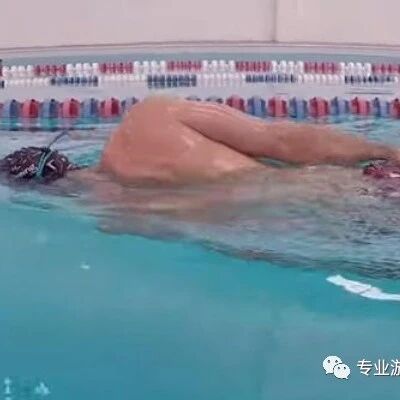Freestyle swimming becomes more tiring the longer you swim, and here are three common reasons why.
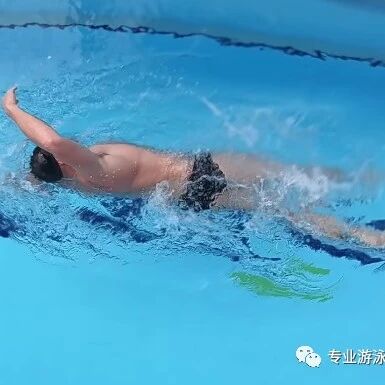
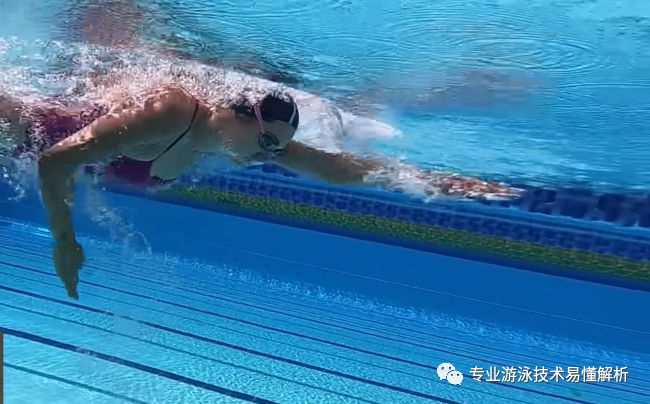
Swimmers who have already mastered the freestyle breathing technique might experience this: They start off with explosive power when diving off the wall, but by the time they reach around 100 meters, that initial burst of energy has already burned out. By the 300- to 500-meter mark, they begin to feel fatigued—sometimes even reaching the point where they feel completely drained and struggle to keep going. At that stage, pushing through another 100 to 200 meters might just be enough to bring them down altogether.
Swimming 1,000 meters and swimming 1,000 meters effortlessly are two entirely different things. The former often relies on sheer determination and grit, while the latter depends on refined technique. Ultimately, achieving top performance requires a harmonious blend of both—relying solely on raw effort or pure technique alone will only take you so far.
Why, despite mastering bilateral breathing and even becoming comfortable with the three-stroke-one-breath technique, do you find yourself running out of steam after just a short swim? The answer lies in excessive and rapid oxygen consumption. The harder you push to swim faster or more effortlessly, the more tension you build—making it increasingly difficult to relax. As a result, your focus shifts away from maintaining that powerful core-driven motion, instead fixating on arm strokes or leg kicks. This misplaced concentration disrupts the natural coordination between your upper and lower body, often leading to a collapse of your core posture. Consequently, you lose the ability to generate unified, efficient propulsion, let alone maintain a smooth, rhythmic swimming stroke. In essence, you end up forgetting the fundamental principle of swimming: moving forward with seamless, coordinated power from head to toe.
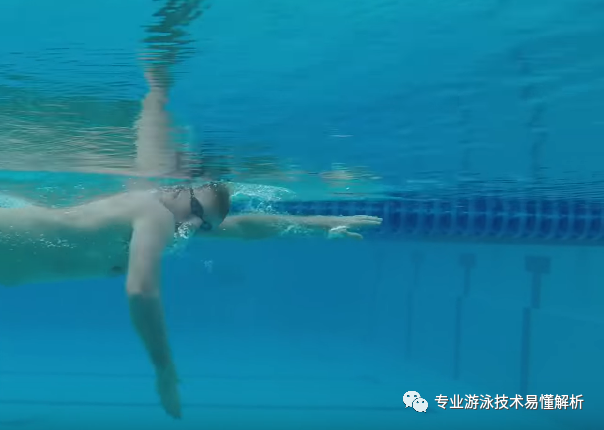
1. The upper and lower body act independently
While the primary source of propulsion in freestyle swimming comes from the arm strokes—though leg kicks generate only limited forward momentum—their role is crucial in maintaining balance between the upper and lower body, preventing the lower half from sinking. To put it plainly, while your legs alone may not make or break your swim, they can easily ruin it: if something goes wrong with your kicking technique, sinking becomes almost inevitable. No matter how strong your arm strength might be, you’ll end up dragging your lower body through the water—resulting in inefficient, exhausting strokes that fail to move you forward effectively.
Previously, we shared insights on how body rotation—driven by core strength—can enhance propulsion during swimming. Whether it’s the arm stroke or the leg kick, these movements must synchronize seamlessly with the body’s lateral rotation, which involves both shoulder and hip rotations. When rotating the shoulders, engage your latissimus dorsi to support the arm stroke; meanwhile, activate your gluteus maximus during hip rotation to assist the leg kick. By linking power generation through the core—moving both the upper and lower body in unison—you can achieve a unified, integrated motion that maximizes combined force and efficiency.
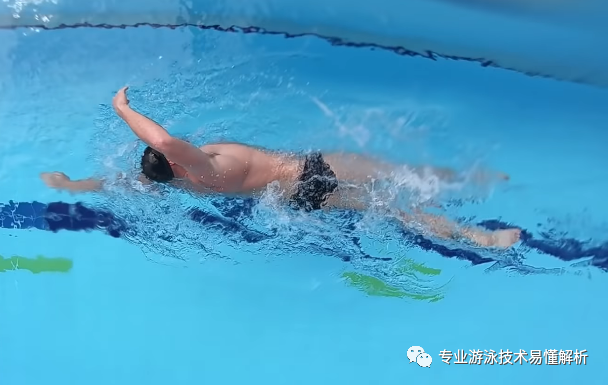
2. Kick and stroke with full effort—leave nothing in reserve.
No swimmer wants to swim slowly—everyone dreams of going fast. But here’s the catch: haste often leads to failure. Besides, competitive swimming at all costs essentially means pushing your physical limits to the absolute edge in the shortest possible time. In a way, it’s like trading human endurance for sheer speed—or, to put it more elegantly, exchanging space for time.
As a swimming enthusiast, though, speed isn’t the only measure of success. As long as you can maintain a relaxed, efficient stroke while still achieving decent pace, and if you can comfortably tackle long-distance swims while truly enjoying the thrill of gliding through the water—well, that’s more than enough. After all, as the lyrics from "Hua Shan Lun Jian" beautifully put it: "One mountain may be higher than the next, but when it comes to love, there’s no one better than you."
Take swimming, for instance—when it comes to speed competitions, there’s no true champion; yet the most important thing of all is simply having a heart that loves this incredible sport.
Specifically, when stroking with your arms and kicking with your legs, don’t try to go all out—use only about 70% of your maximum effort. This way, you’ll conserve energy for the next stroke and kick, allowing you to refine your technique for long, fluid, and gentle power generation. Over time, this will become second nature, enabling your core muscles to take the lead in swimming. Of course, this doesn’t mean you should reduce your stroke frequency or rely solely on two kicks per cycle. On the contrary, if your stamina permits, increasing both your stroke rate and kicking frequency is actually a smarter approach—provided, of course, you still have enough energy left in reserve.
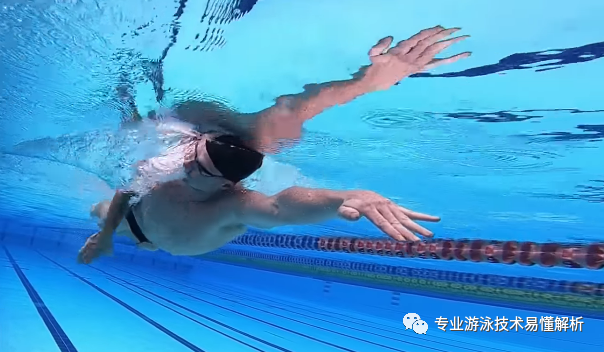
3. Not giving the body a chance to catch its breath
Every swimmer has unique physical attributes, and even the same swimmer experiences changes in physical performance at different stages of life. Yet, every swimmer strives to swim faster and with greater ease. As swimming distances increase, swimmers naturally gain more experience and refine their techniques over time. At certain points, the improvement in swimming speed driven by experience and skill may actually outpace the gains from raw physical strength—though this period is typically very brief, often short enough for swimmers to start acknowledging that they’re getting older.
For young swimmers, "getting old" doesn't necessarily mean aging—it could mean your body isn’t warming up properly, or perhaps a particular part of your body is being overused, leaving muscles too tense and unfocused. Everyone reaches their peak athletic performance at a different time, so it’s crucial to listen to your body and give it the rest it needs. After all, you shouldn’t sacrifice long-term progress for short-term gains—especially when it comes to sports.
Related Articles
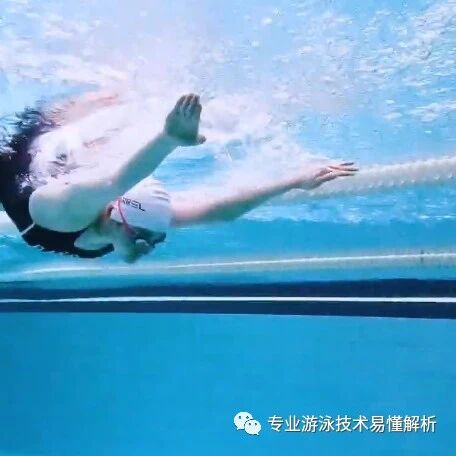
Korean beauty swim coach demonstrates common mistakes in beginner butterfly stroke techniques.
How do you coordinate the freestyle swimming movements—should the arm stroke, leg kick, or body rotation come first?
